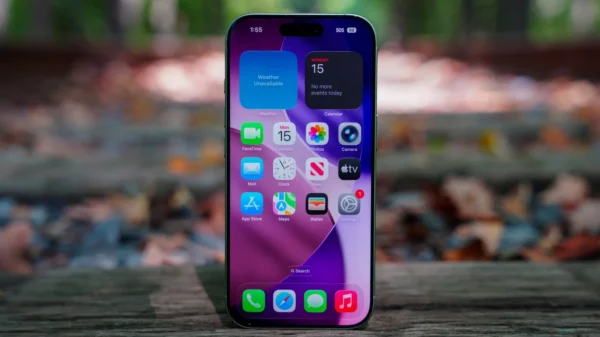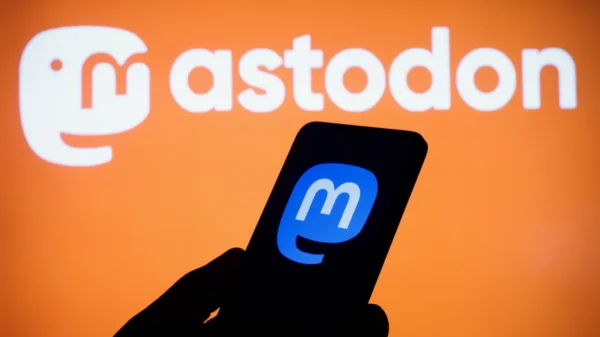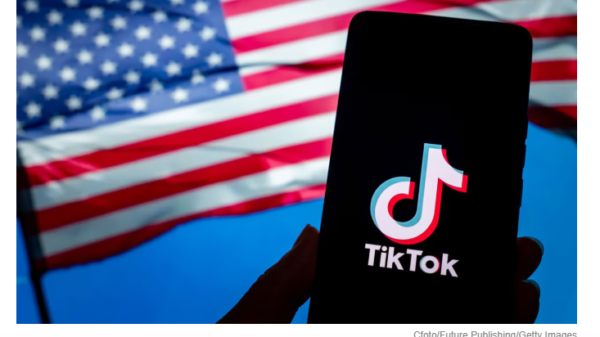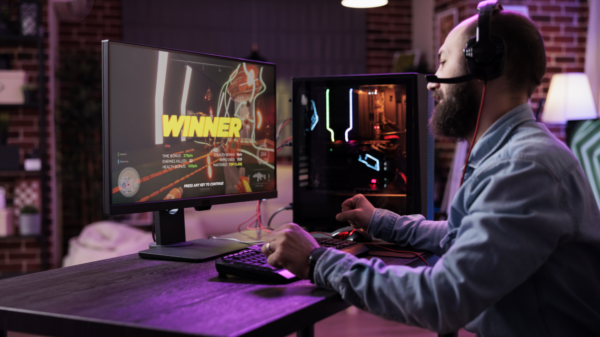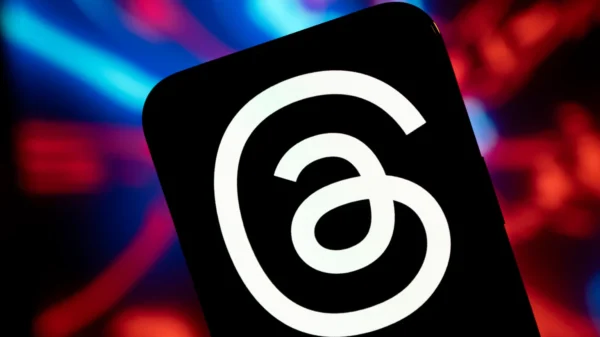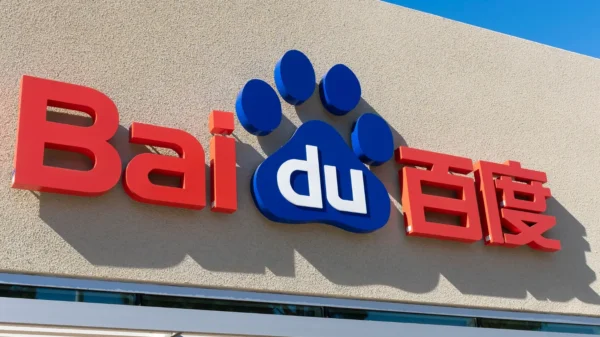It seems that Nintendo isn’t ready to bury the Wii U just yet.
On the Wii U Support page shows a new update for July 17 of this year; the last update for the Wii U (which can help you realize exactly when Nintendo put the axe in the Wii U for good) was in January of last year.
The update (5.5.2) is small, and here it is in full:
“Improvements to system stability and usability:
- Further improvements to overall system stability and other minor adjustments have been made to enhance the user experience”
Obviously this isn’t a huge update, but it’s shocking enough that Nintendo decided to update the system even as the Nintendo Switch is taking over.
Nintendo announced the end of Wii U production in Japan on their Japanese website in January of this year, according to Kotaku. Kotaku also reported that Wii U production would be ending shortly in November of 2016, the console only being around 4 years old at the time. After reaching out to Nintendo of America for a response, they also confirmed that Wii U production will officially be ending everywhere, stating “Wii U production has ended globally.”
The end of the Wii U isn’t a shock, since the console struggled to move units. The Wii U is officially Nintendo’s worst selling console ever, according to VG24/7. As of February of 2017, the console only sold 13.5 million units (in comparison to the Nintendo DS, which sold a whopping 154.02 million units. The Wii U’s struggle caused Nintendo to lose $97.2 million in just one quarter in 2014, according to Polygon.
The Wii U was one of the final consoles released during Satoru Iwata’s time as CEO of Nintendo before his death in 2015. As a result, many of Nintendo’s current (at the time) and former shareholders and other financial heads literally said that Iwata should resign in 2014, according to The Japan Times. During his time at Nintendo, he worked on the famous Wii U predecessor, the Wii, worked on the Nintendo DS and oversaw production for the Nintendo Switch (named the NX at the time).
Gaming news website Twinfinite cited some of the problems of the Wii U being little to no third party support, little to no online support, Nintendo holding off on releasing The Legend of Zelda: Breath of the Wild so that they could also release it on the Nintendo Switch, and bad marketing (the name of the Wii U sounds too familiar to the name of the Wii). Even new Nintendo CEO Tatsumi Kimishima thought that the Wii U wasn’t going to do well, according to VentureBeat.
With the Nintendo Switch, not only did Nintendo address these issues, but they sought out to create something players will love while adding a unique twist to it. The Nintendo Switch will be receiving the online services everyone has been asking for (through the form of an app, which not many people are happy are too happy about), third party support (The Elder Scrolls: Skyrim will soon be available for the Nintendo Switch), and more of Nintendo’s major titles (Super Mario Odyssey will be out in October).
The unique part of the Nintendo Switch is that it is a handheld console that can be used to play anywhere, which makes it stand out from it’s competitors. While the Wii U’s controller had a screen, it still didn’t have the same functionality as the Nintendo Switch.
While production has since stopped for the Wii U, Nintendo is still giving Wii U owners a little piece of satisfaction. Before the official end of the console, Nintendo also released The Legend of Zelda: Breath of the Wild for the Wii U for people who still owned one. Nintendo’s main console focus has been and will be the Nintendo Switch.
Featured image via Wikimedia









